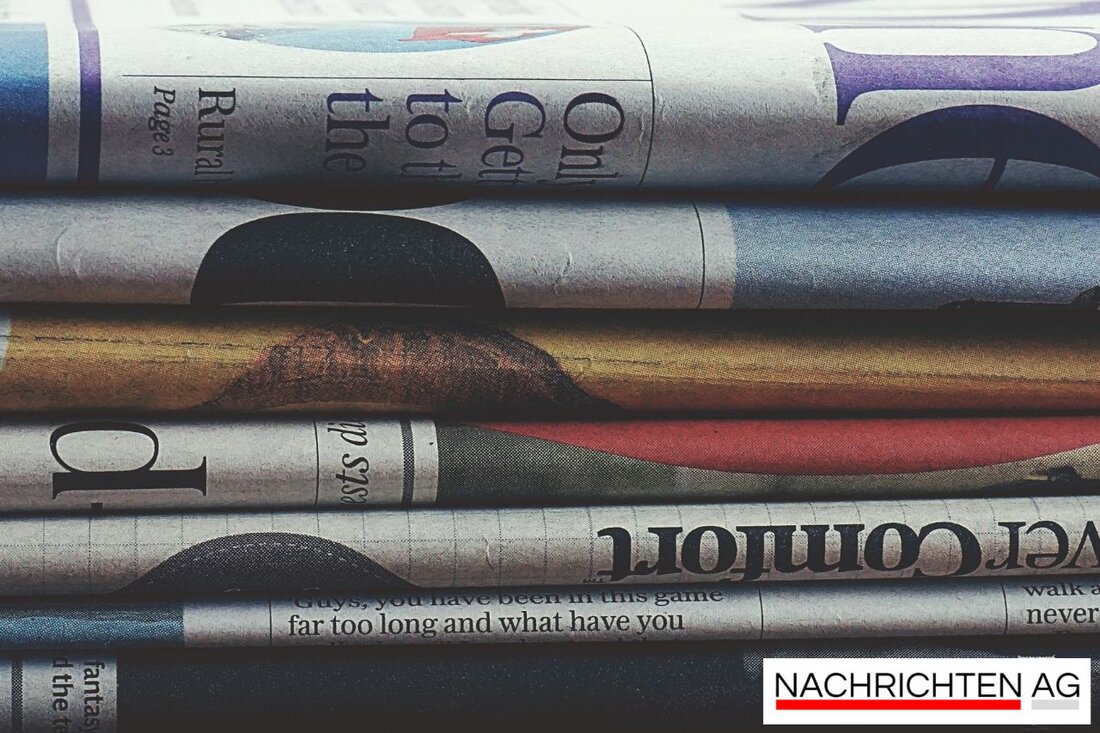Vienna's transport transition: public transport is booming despite challenges!
Find out everything about local public transport in Vienna: history, current developments and usage trends until 2025.

Vienna's transport transition: public transport is booming despite challenges!
Local public transport (ÖPNV) is very popular in Vienna. Current reports show that this mode of transport plays a central role in the everyday lives of Viennese people. Loud ORF Vienna The proportion of public transport users is more than 39%, a remarkable value compared to the other large cities in Austria. Public transport in Vienna is mainly operated by Wiener Linien GmbH & Co KG and the Austrian Federal Railways. These two companies ensure that the subway, trams and S-Bahn run reliably.
Wiener Linien not only operates the well-known subway lines, which have been in operation since 1976, but also a dense network of trams and city buses. The city can look back on a historic tram network that is one of the oldest and densest in the world. The first horse-drawn trams ran as early as 1865, while electric trams revolutionized local transport in 1897.
Current developments in public transport
There have been significant changes in public transport offerings, especially in recent years. For example, the introduction of an annual pass priced at 365 euros was well received, leading to a significant increase in user numbers. From 2011 to 2018, public transport recorded an increase of 10.4%, while the population in Vienna grew by 10.9% in the same period. This is supported, among other things, by the constant expansion of park-and-ride and bike-and-ride facilities at subway and S-Bahn stations. These offers encourage people to switch to public transport and thus relieve congestion on the city's streets.
Another interesting aspect is the City Airport Train (CAT). It has been connecting Vienna with the airport without stopping since 2004 and offers an extremely fast connection of just 16 minutes. Despite this speed, the CAT is not counted under the common tariff system of the Eastern Region Transport Association (VOR), which makes it the most expensive connection.
A look into the future
Vienna's transport policy remains dynamic. The construction of a new central long-distance bus terminal near the Ferry Dusika Stadium, scheduled for completion in 2024, will further improve connections to national transport. Night traffic is also expanded on weekends, as the subway and S-Bahn run continuously and night bus lines offer additional service.
Overall, it is clear that local public transport in Vienna is not only an important part of urban life, but also a constantly growing and evolving system. The public transport share may have stagnated in recent years, but the efforts to improve the offer are obvious. For everyone moving around the city, public transport remains an essential and practical element. Further information on operational information can be found on the Wiener Linien website at wienerlinien.at.
For more about historical and current public transport in Vienna, those interested can take a look at the detailed Wikipedia page at Wikipedia.

 Suche
Suche
 Mein Konto
Mein Konto